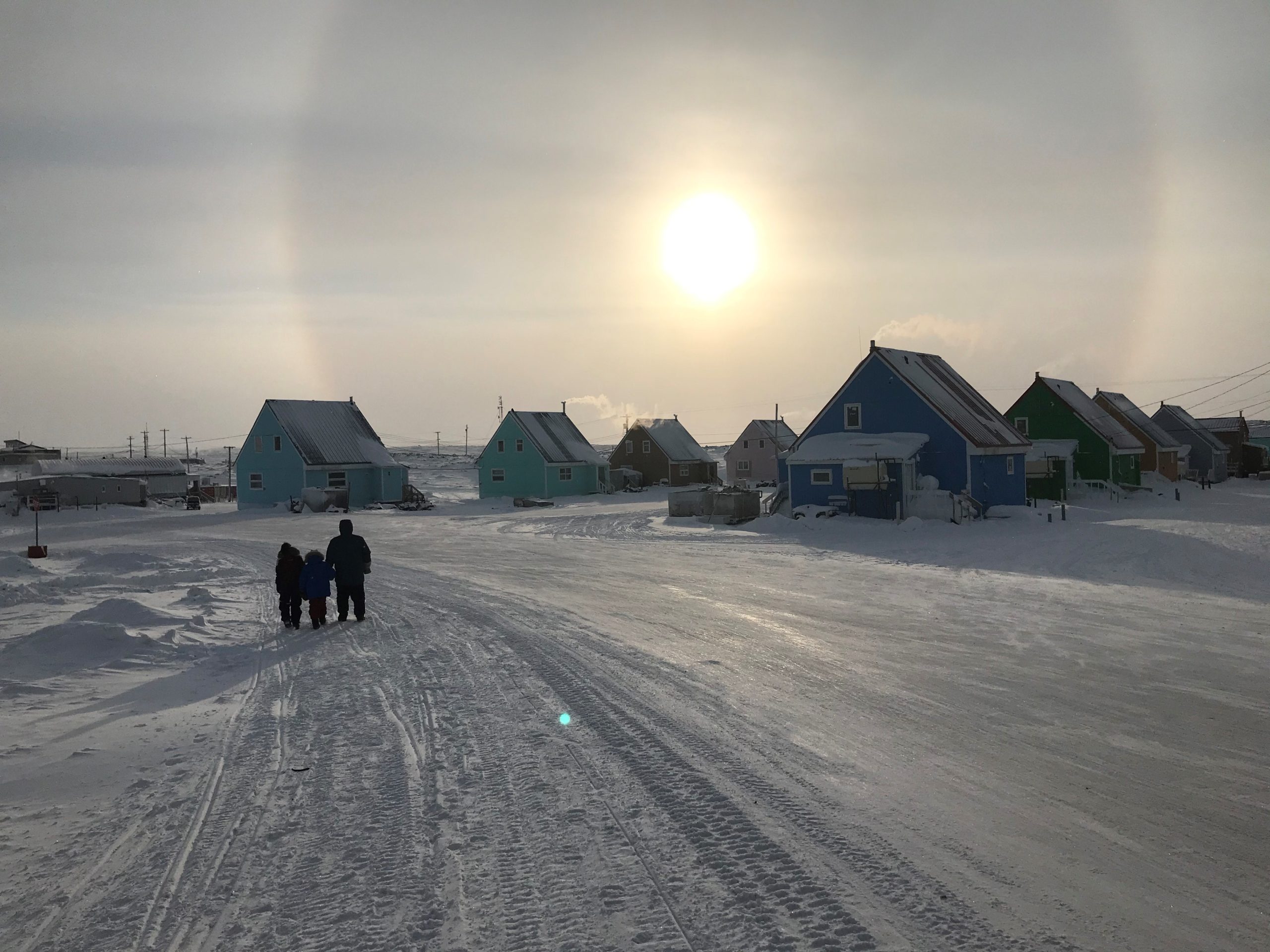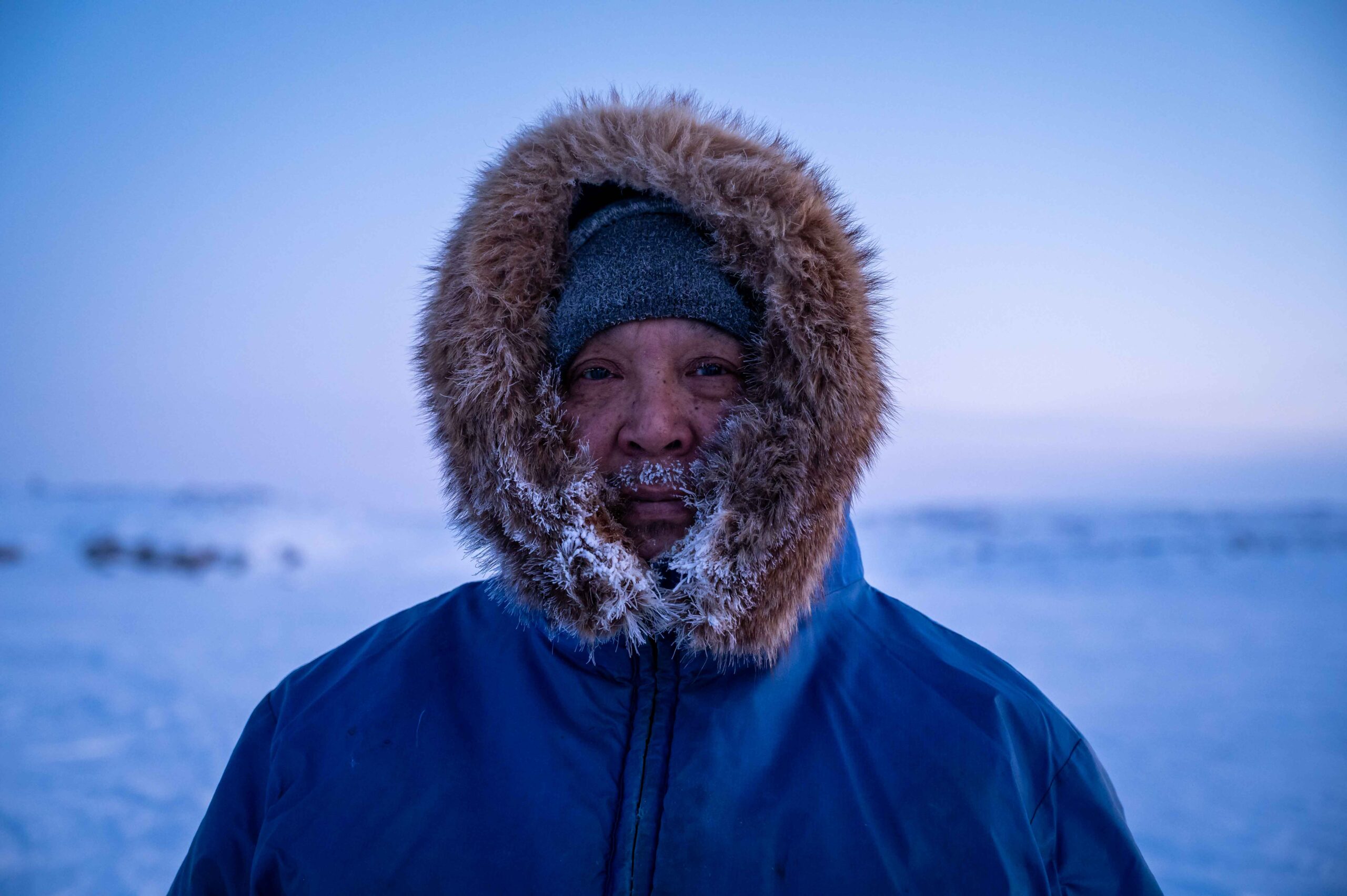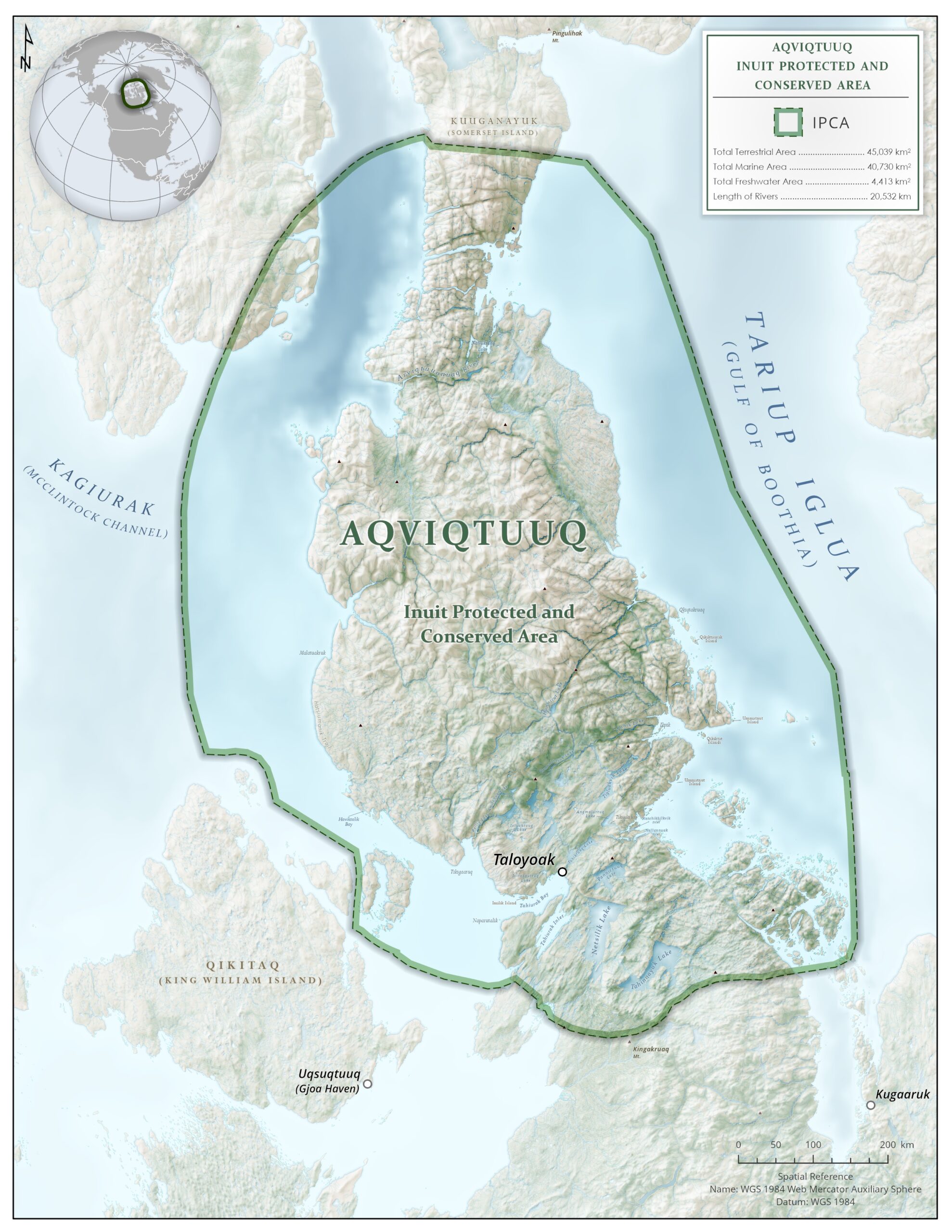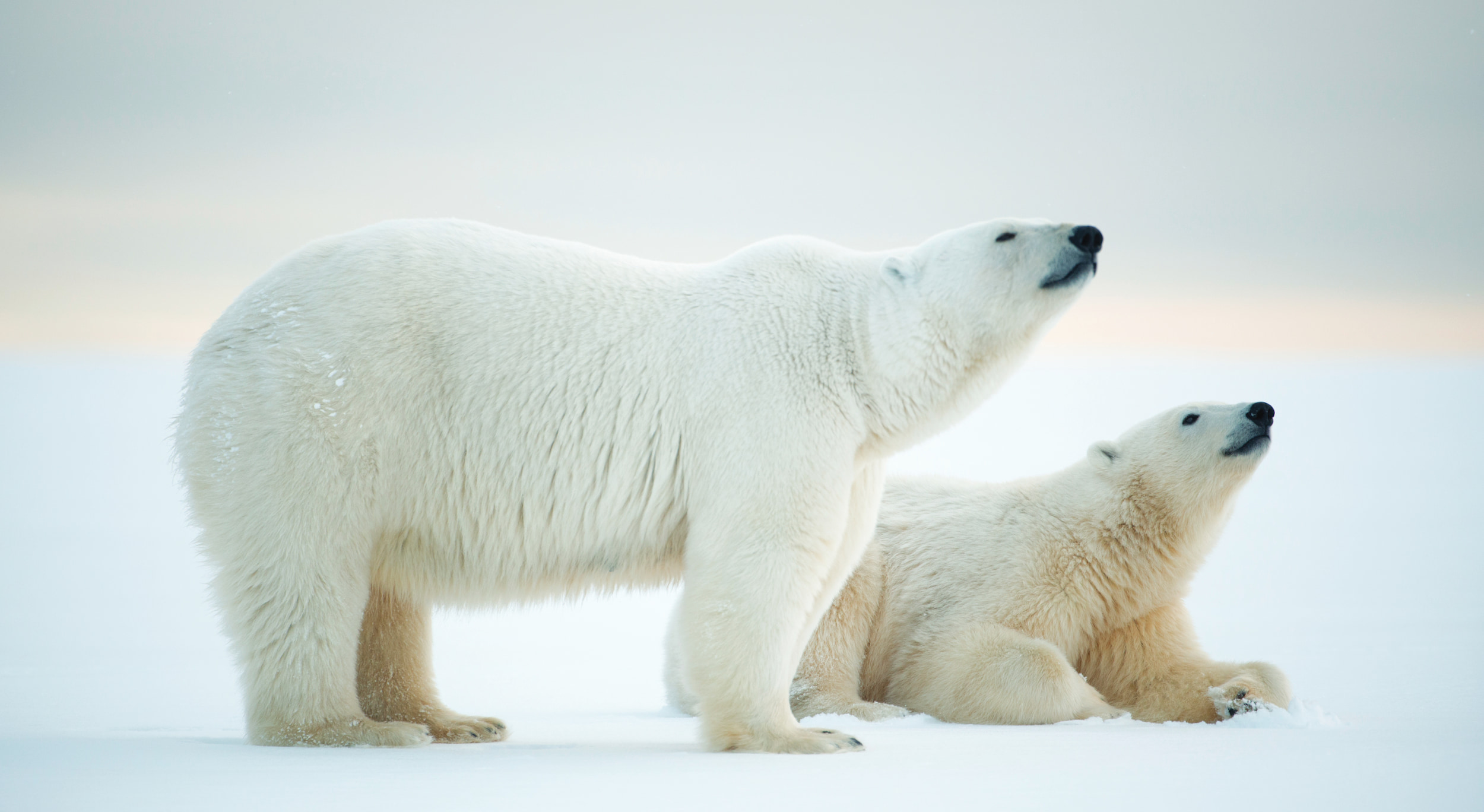Working to protect Aqviqtuuq for future generations
The hamlet of Taloyoak, located on the edge of Aqviqtuuq (the Boothia peninsula) in Nunavut, is the northernmost community in mainland Canada. About 1,100 residents call the region home — as do some 2,000 polar bears.
Industrial development, mining and shipping have threatened the area for years. But since 2016, the community has been working with WWF–Canada to protect the region and the species that call it home.

JIMMY ULLIKATALIK manages the Taloyoak Umaruliririgut Association, which is spearheading the creation of the Aqviqtuuq Inuit Protected and Conserved Area (IPCA). The proposed IPCA would cover almost 90,000 square kilometres of marine, terrestrial and fresh-water ecosystems in Nunavut. Ullikatalik spoke to The Circle about the IPCA and what it will mean for the future of his community and species like the polar bear.
What makes Aqviqtuuq special?
Our people have lived here for many generations. All kinds of wildlife prosper on this peninsula: it’s a calving ground for caribou and muskox, and it’s where many migratory birds come to have their offspring. And the polar bears den here during the winter. We are one with the environment and wildlife. It is also our livelihood. We want to protect it so the wildlife can prosper.

Why is this area important for polar bears in particular?
We have six major rivers that have Arctic char runs. Because there’s a lot of fish, there’s a lot of seal in the area—which means there’s a lot of polar bears too. A few years back, we read a report that Canada had the cleanest polar bears in the world, and we want to keep it that way. We want to protect the area and the fish because one species feeds off other species, and it goes up the food chain. We need to keep the environment clean so our food is clean.
How is an Inuit Protected and Conserved Area—or IPCA—different from other protected areas?
An IPCA differs from a regular protected area by putting Indigenous People in charge. It’s about doing what we want—and in this case, we want to have access to cultural foods to create jobs in our community. We want to protect the area from mining and gas exploration, but we also want to create jobs. Our plan is to build a cut-and-wrap facility to prepare and distribute our harvest. We’re trying to create an economy for our community so we can take care of ourselves.
Why does the area need protection?
There’s always been the threat of exploration for mining and oil and gas in this area. Back in 1972, they were trying to put a gas pipeline from up north down to Baker Lake in southern Alberta. But the elders back then didn’t want that pipeline going down through the Aqviqtuuq. They knew it would disturb the ecosystem. So they had meetings in their houses in the evenings to try to stop the project, and they were successful. Ever since then, we’ve wanted to be protected from mining and gas exploration. So this need for protection didn’t just start in 2016. It’s been happening since 1972.
How will protecting the area help polar bears?
It will protect the land. It will protect the environment. It will protect the waters. If we protect the waters, the Arctic char will have clean plankton to eat, and the seals will have good, clean fish to eat. And then the polar bears will have good, clean seals to eat. The polar bear is very important to us because it is one of the main foods we depend on. We want the ecosystem to be clean so we can continue to have access to the food that is natural to us—and that is better for us.
What do you think this protected area is going to mean for the future of this region?
It means that there will be a place where wildlife will be able to prosper and roam freely without any disturbance to their migration roots or corridors. Once their environment is disturbed, they move off the land. Aqviqtuuq is their home, and it is also our home. It has provided us with what we have needed to survive and thrive here for generations. We want to see the lands and resources here protected from industrial development because the area is sacred to us and has everything we need to prosper.
This article was originally published in the latest issue of the WWF Global Arctic Programme magazine, The Circle.



